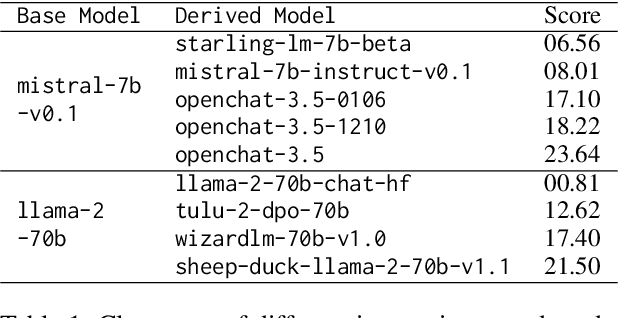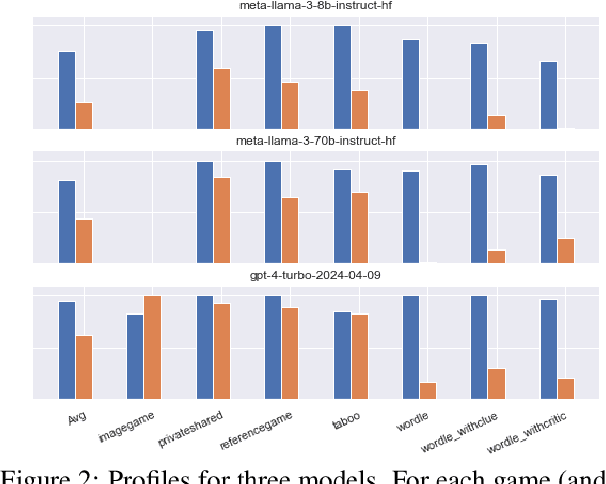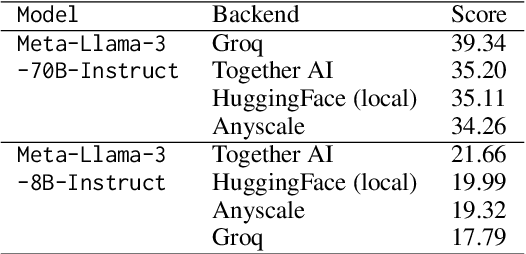How Many Parameters Does it Take to Change a Light Bulb? Evaluating Performance in Self-Play of Conversational Games as a Function of Model Characteristics
Paper and Code
Jun 20, 2024



What makes a good Large Language Model (LLM)? That it performs well on the relevant benchmarks -- which hopefully measure, with some validity, the presence of capabilities that are also challenged in real application. But what makes the model perform well? What gives a model its abilities? We take a recently introduced type of benchmark that is meant to challenge capabilities in a goal-directed, agentive context through self-play of conversational games, and analyse how performance develops as a function of model characteristics like number of parameters, or type of training. We find that while there is a clear relationship between number of parameters and performance, there is still a wide spread of performance points within a given size bracket, which is to be accounted for by training parameters such as fine-tuning data quality and method. From a more practical angle, we also find a certain degree of unpredictability about performance across access methods, possible due to unexposed sampling parameters, and a, very welcome, performance stability against at least moderate weight quantisation during inference.
 Add to Chrome
Add to Chrome Add to Firefox
Add to Firefox Add to Edge
Add to Edge